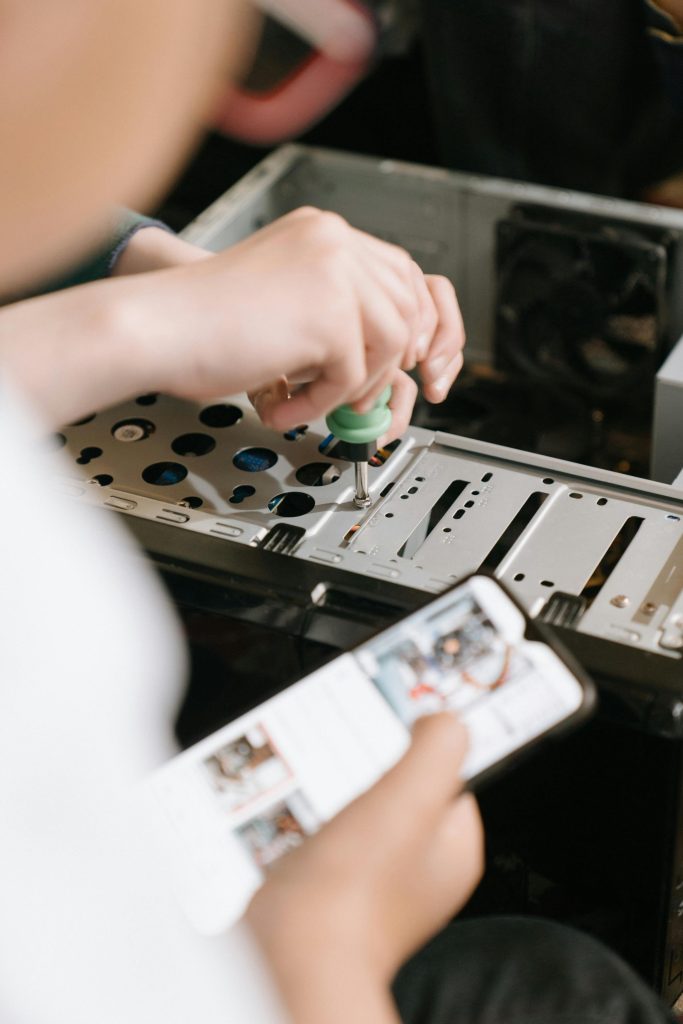Troubleshooting a Computer That Randomly Shuts Down: A Persistent Dilemma
Are you facing a frustrating situation with your computer that refuses to stay powered on? You’re not alone. Many users encounter mysterious shutdowns that can leave them scratching their heads. If you find yourself in this predicament, you might relate to the following experiences.
Recently, I dealt with a problematic computer that would power on occasionally but shut off unexpectedly after varying lengths of time. Despite my attempts to resolve the issue—such as purchasing a new power supply unit (PSU)—the problem persisted. Since I had modified the new PSU, returning it wasn’t an option, and I returned to using the original components, but the shutdown issue remained unchanged.
In an effort to diagnose the situation, I even attempted a factory reset; however, the machine wouldn’t stay powered long enough to complete the process. Just when I thought I could get a stable setup, the computer would turn off abruptly and refuse to switch back on. The only response I would get after unplugging and replugging the PSU was a brief flicker of power—lasting just half a second—before falling silent once more.
Interestingly, when the system did manage to power up, it could boot into Windows and access the BIOS without issue. This inconsistency left me puzzled, as everything seemed to work when it was running, yet the shutdowns were clearly a critical flaw.
If you’re in a similar situation, consider the following steps to identify and potentially resolve the issue:
-
Power Supply Check: Even if you’ve replaced your power supply, ensure that it is compatible with your system. Sometimes, certain models may not deliver the necessary wattage.
-
Examine Internal Connections: Loose cables can lead to intermittent connections. Verify that all internal components are securely connected, including the motherboard, RAM, and GPU.
-
Overheating Prevention: Overheating can cause sudden shutdowns. Clean dust from fans and ensure that your cooling systems are functioning properly.
-
Motherboard Inspection: Inspect the motherboard for any signs of damage or burnt components. If you suspect a motherboard failure, testing it with another compatible PSU could help confirm the diagnosis.
-
Seek Professional Help: If all else fails and you’re still unable to solve the problem, consider consulting with a professional technician. They can provide further insights and potentially identify issues that may not be visible to the untrained eye.
As
Share this content:




Helpful Tips for Troubleshooting Power Issues
If your computer randomly shuts down and refuses to stay powered on, it can be quite frustrating. Based on your detailed description, here are some additional troubleshooting steps and considerations that might help identify the root cause: